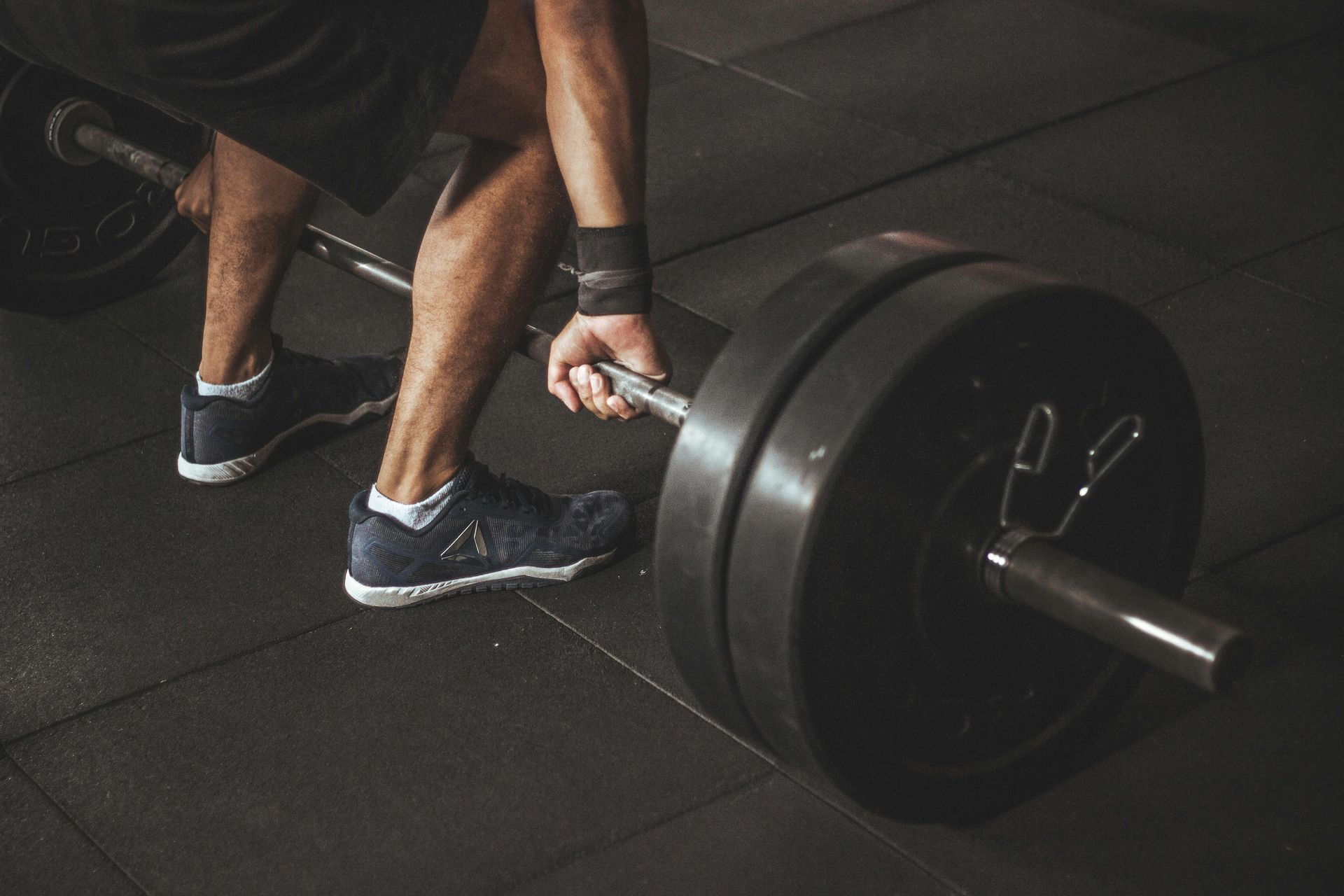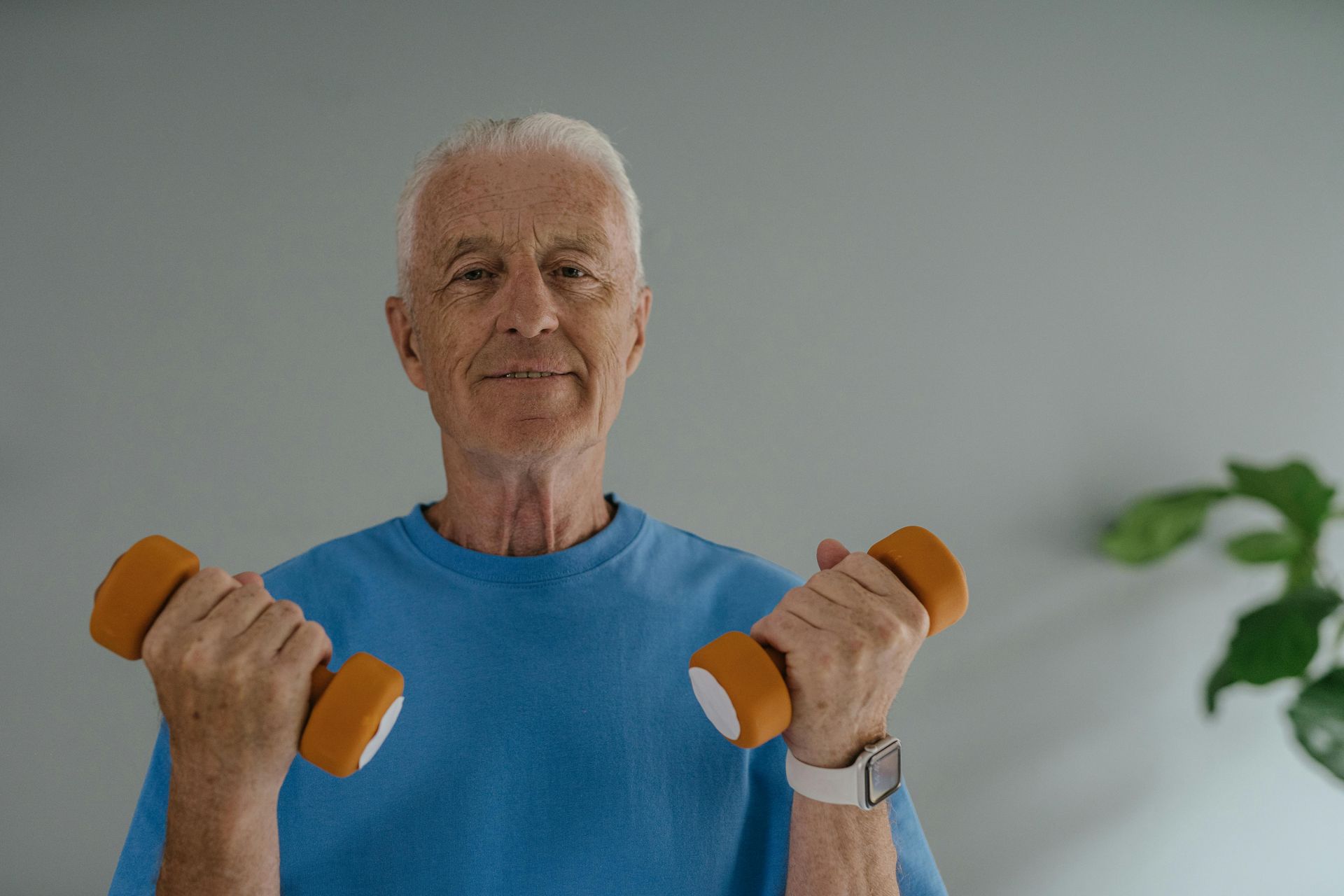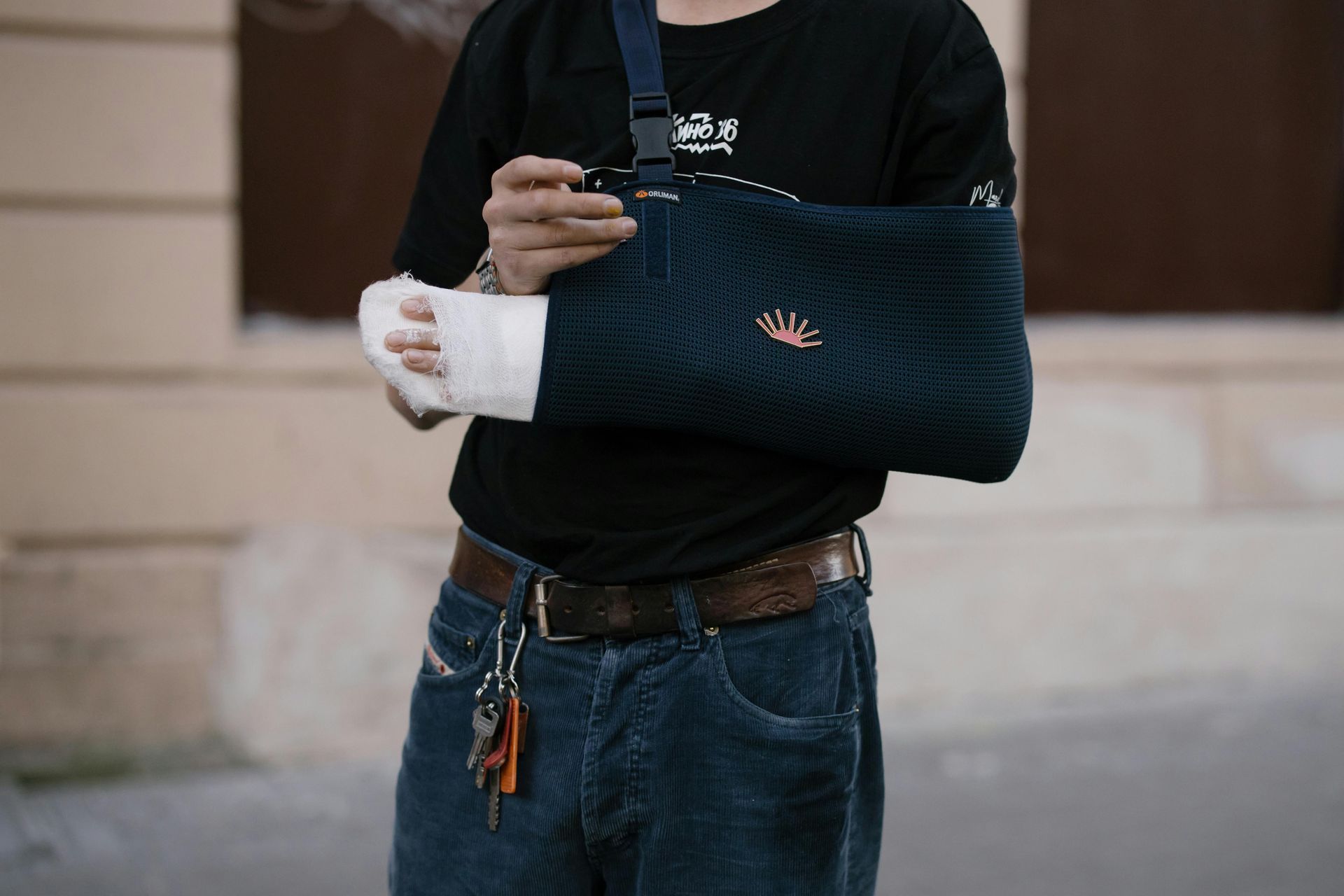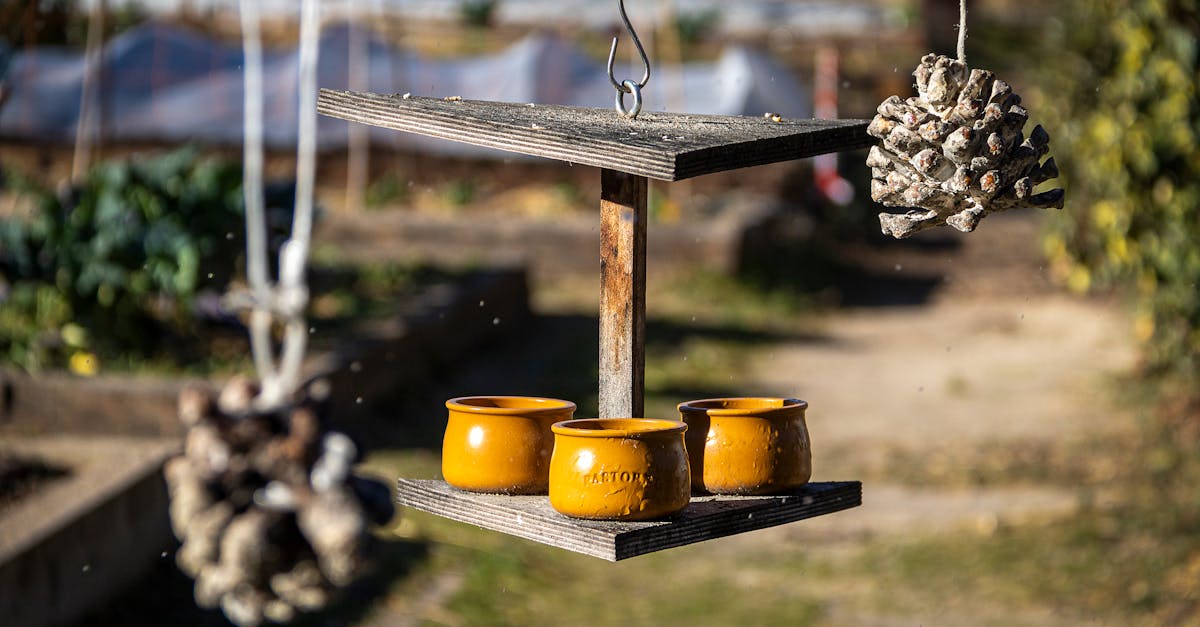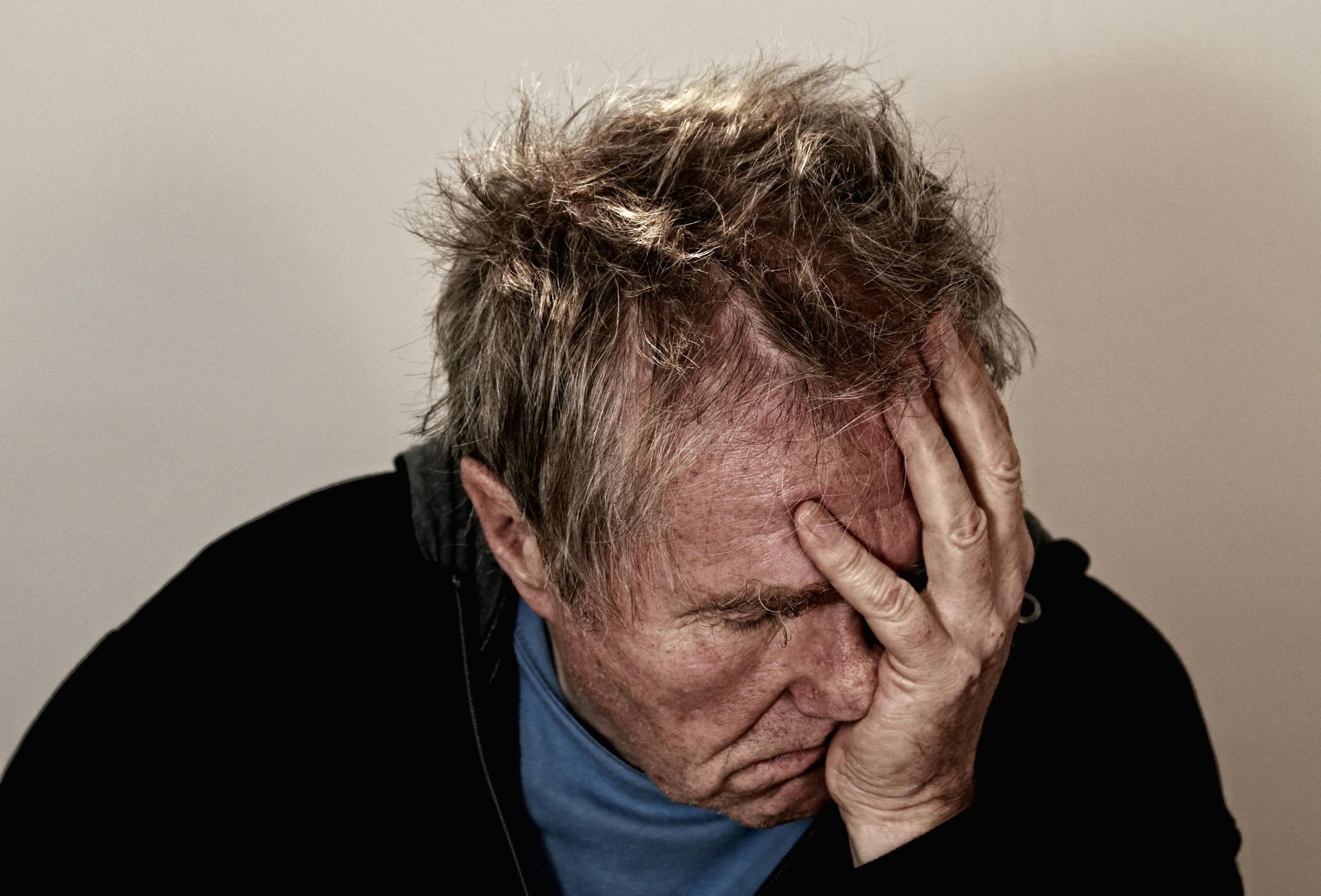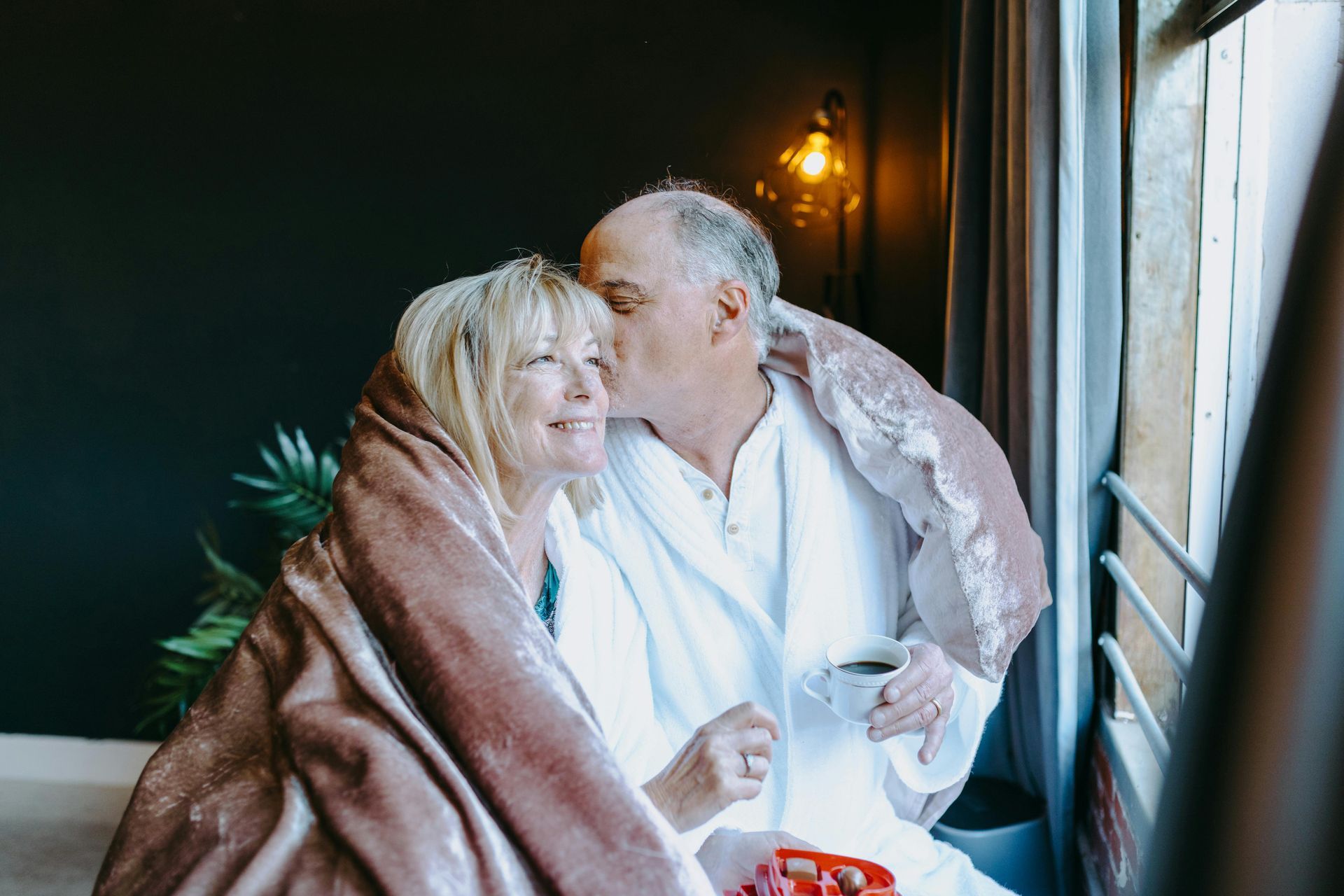Wellness Wednesdays
Growing up, team sports were a huge part of my life. Soccer (American) / football (the entire rest of the world), basketball—you name it, I played it. These sports taught me a lot about teamwork, discipline, and pushing my limits. But as I moved into my teenage years, I found myself gravitating towards swimming, a sport that is often seen as more individualistic. I thought I was trading the camaraderie of team sports for the solitude of swimming, but in retrospect, I realize that swimming, especially at a competitive level, was anything but solitary.
Swimming demanded a lot—physically, mentally, and emotionally. Training close to 30 hours a week, I was always surrounded by my teammates. We were in the water together at the crack of dawn, pushing each other through grueling sets, and then we’d be in the same classrooms, sharing meals, and even hanging out in our downtime. The sport might have seemed like an individual pursuit, particularly when you’re on the blocks alone, staring down a lane, but the reality was that I was never really alone.
Looking back, the deep personal connections I forged with my teammates were as crucial to my development as the fitness and discipline that swimming instilled in me. We spent almost every waking moment together, and those bonds we formed are now unbreakable. But at the time, I didn’t fully appreciate how much those relationships mattered. I was too focused on the competition, the times, the victories and defeats. The social aspect of swimming, though integral, was something I took for granted.
As I transitioned out of competitive swimming, I made a conscious decision to deprioritize the social elements of my fitness routine. I started going to the gym with headphones on, using them as a signal that I was there to work out, not to chat. My workouts became a solitary pursuit, and I was okay with that—or so I thought. Even when I swam, I preferred the solitude of the ocean over joining friends at the pool. It was more convenient, I told myself, to swim right off my dock, to be on my own schedule, and to avoid the hassle of coordinating with others.
But then I started to learn about the importance of social connection for our health. I came across the work of Dr. Vivek Murthy, the U.S. Surgeon General, who highlights the dangers of loneliness in his book “Together: The Healing Power of Human Connection in a Sometimes Lonely World.” His research shows that loneliness can be as detrimental to our health as smoking 15 cigarettes a day. That’s a staggering statistic. On the flip side, having strong, secure relationships can boost our happiness and even increase our lifespan by up to 50%.
It was a wake-up call for me. I realized that in my pursuit of physical fitness, I had neglected one of the most important pillars of health: social connection. By isolating myself during workouts, I was missing out on an opportunity to enhance my health in a way that went beyond just physical fitness. Fitness and nutrition are crucial, yes, but they’re only part of the picture. Social connections are just as vital.
With this new perspective, I began to change my approach. When I went to the gym, I stopped wearing headphones. I started engaging with the people around me, and soon, I found myself deepening old friendships and even making new ones. The gym transformed from a place of solitary grind to a community hub where I could enjoy both a good workout and good company.
My approach to swimming also shifted. While I still cherish my solo ocean swims with the sea turtles and parrotfish, I’ve also started swimming with friends at lunchtime. One of my best memories from the past year is a special birthday workout I did with a bunch of friends. We laughed, we competed, and we celebrated together—it was one of those moments that reminded me of the camaraderie I had missed.
Inspired by this renewed focus on social wellness, I even teamed up with a friend to organize “Wellness Wednesdays.” We gather a group of like-minded people at his house to work out together. The workouts aren’t always what my routine calls for, but the benefits of exercising with a tribe far outweigh any deviations from my training plan. These sessions have become a highlight of my week, not just for the physical challenge, but for the connection and support we all share.
Reflecting on this journey, I’ve come to understand that health isn’t just about what you eat, how much you exercise, or how well you sleep. It’s also about who you spend your time with, how connected you feel to others, and how those relationships enrich your life. Social connection is not an afterthought—it’s a vital component of a healthy, fulfilling life.
So, as you think about your own health, consider where you’re investing your time, energy, and resources. Don’t make the mistake I did of treating social connection as a secondary priority. Elevate it to the importance it deserves. You’ll find that your life becomes healthier, longer, and, perhaps most importantly, more enjoyable when you do.

